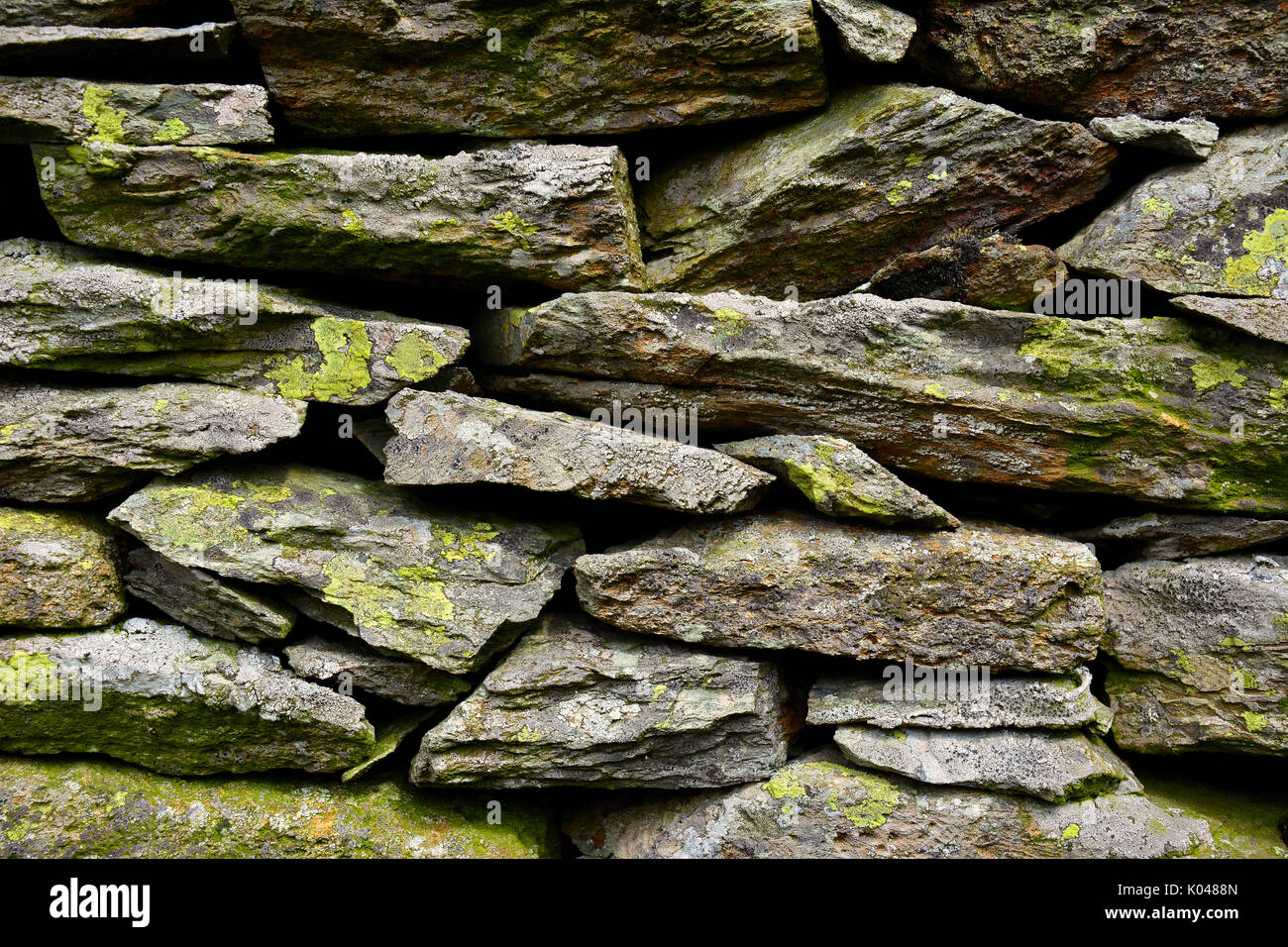The Core Principles of Beauty: Why Stone Walls Shape West Yorkshire's Scenery
In the undulating hills and scenic dales of Yorkshire, dry stone walls stand as silent watchers of the region's abundant history. Such walls, meticulously constructed without mortar, embody not only a distinct architectural style but also the essence of the scenery they represent. The craft of dry stone walling has deep roots in West Yorkshire, where generations of craftsmen have refined their skills to create structures that harmonize seamlessly with the natural environment. As both practical boundaries and artistic features, these walls enhance the distinct character of the rural landscape.
In spite of the passage of time and the evolution of building techniques, dry stone walling remains a valued tradition in West Yorkshire. Its ongoing popularity can be linked to a variety of reasons, such as its sustainability, aesthetic appeal, and the sense of community it nurtures among those who practice and appreciate this age-old tradition. Whether one is seeking a charming feature for a garden or a sturdy boundary for farmland, the lasting appeal of dry stone walls continues to captivate homeowners and landowners alike, making them a key element of the West Yorkshire landscape.
The Art and History of Dry Stone Walling
Dry stone walling is a traditional craft that embodies both artistry and practicality in the landscape of West Yorkshire's landscape. The technique involves the careful placement of stones without the use of cement, relying on the careful selection and placement of each stone to create strong structures. This approach allows for adaptability and strength, making it suitable for the region's variable weather conditions. The artistry lies not only in the aesthetic appeal of the walls but also in the craftsmanship required to balance structure and function, adapting to the natural shapes of the land.
In the past, dry stone walls have served important functions, including dividing fields, creating boundaries, and enclosing livestock. They have transformed from basic farming tools into cherished features of the Yorkshire landscape. The beginnings of dry stone walling in this area date back hundreds of years, with many walls showcasing the heritage of local communities. As farming practices evolved, these walls became symbols of the landscape's identity, contributing to a rural character that is strongly embedded in the tradition of West Yorkshire.
In the present, the tradition of dry stone walling continues to thrive. Dry Stone Walling West Yorkshire and craftsmen alike appreciate its cultural importance and the role it has in preserving the beauty of the landscape. Training programs and educational courses are held regularly, ensuring that the skills are passed down through the ages. This living tradition not only preserves the art of dry stone walling but also fosters a greater appreciation for the natural environment and the craftsmanship involved in this timeless practice.

Deciding on plus Maintaining Dry Rock Walls
When selecting dry stone walls on your property in Yorkshire’s West, it is important to consider both visual appeal plus practicality. The choice of rock can substantially impact the general appearance, harmonizing smoothly with the surrounding environment. Local rocks, such as sandstone and sandstone, not only maintain the traditional essence of the area but also ensure durability. Engaging with experienced craftsmen who know the historic methods behind natural stone walling will improve the integrity of the structure, guaranteeing that it stands the test of years while matching the natural beauty of the area.
Care of natural rock structures is essential for their durability and function. Routine checks for indicators of moving stones or plant growth can avert more serious issues down the line. It is advised to fix any displaced rocks immediately and to clear any debris that may build up, as this can weaken the structure’s stability. Additionally, understanding how weather impacts the structures, such as freeze-thaw cycles or erosion from rain, will aid in implementing preventive steps, making sure the wall remains sturdy and visually appealing.
For those seeking to maintain or repair historic dry rock structures, proper techniques are crucial. Utilizing resources similar to the existing stone maintains the historical authenticity while ensuring compatibility with the existing wall. If you are un sure in your skills, hiring experts that focus in natural stone wall restoration can provide reassurance. Their expertise will not only assist in maintaining the structure’s look but also contribute to its significance in West Yorkshire's rural heritage.
Dry-Stone Walls: Advantages and Contemporary Applications
Dry-stone walls offer many gains that add to the scenic beauty and natural health of West Yorkshire's landscape. Firstly, these structures are both functional but too aesthetically pleasing, providing a rustic charm that beautifies the rural environment. They serve as effective boundaries for livestock, helping farmers control their land while maintaining the region's traditional look. Moreover, dry stone walls promote biodiversity by providing microhabitats for different plant and animal species, further enriching the local ecosystem.
Lately, the applications of dry stone walling have grown beyond traditional farm boundaries. Numerous homeowners are now incorporating these structures into yard designs, using them as decorative elements that complement the overall design. These walls can be designed creatively to fit current aesthetics, blending seamlessly with contemporary outdoor spaces while retaining the historic significance of the craft. This versatility has made dry stone walls increasingly popular among homeowners looking to add character and value to their homes.
Furthermore, the green nature of dry stone walling makes it an attractive choice for modern construction projects. As they are built without mortar, these walls can easily adjust to environmental changes, such as ground movement and changes in weather, without significant deterioration. Their strength and low maintenance needs correspond with the growing emphasis on sustainable building practices. As understanding of environmental concerns rises, dry stone walls exemplify a classic method that not only preserves heritage but also contributes to a more vibrant landscape for the next generations.